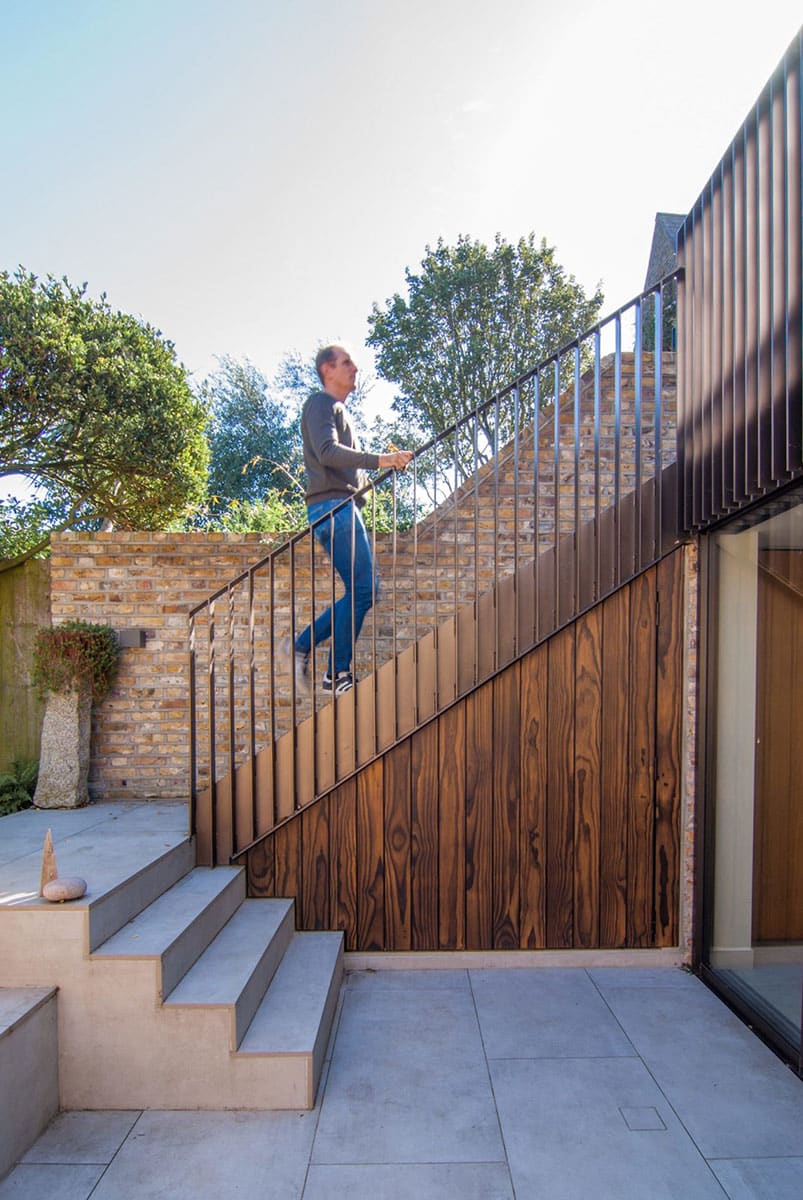Architectural designs for this year’s iconic public buildings and everyday living are already drawn up. So, what can we expect to see dominating the built environment in 2024? With designers and developers being ever more conscious about impact, sustainability remains a hot topic. This ties into Government objectives to promote the use of wood. Is it time for timber to take centre stage?
Architectural Design Showing Restraint
An article predicting architectural design trends for 2024* in Dezeen suggests the end of the era of extravagance. It indicates a move away from stand-alone concepts towards greater focus on the surroundings and context. How can physical structures be constructed to have a positive impact on people, communities and the environment?
This restraint extends to promoting the retrofit of existing buildings in place of demolition and rebuilding. Architects have the creativity to reinvent current stock to improve energy and thermal efficiency, adapt spaces to meet modern requirements and boost aesthetic appeal.
There is expected to be a move towards applying design skills and long-term thinking to architecture that is adaptable and can be used in multiple ways over its lifespan.
Where Does Timber Fit into Built Environment Goals?
Firstly, timber has long been used as a structural and non-structural building material. Its properties are known and it offers great potential in how it can be formed, modified and shaped. Secondly, timber is naturally insulating and one of the few genuinely renewable options for green construction. Therefore, it’s a natural fit when thermal efficiency and sustainability are priorities.
In addition, timber buildings have a positive impact on the people who live and work in them. To give an example, a survey** conducted in Australia showed a distinct improvement in satisfaction, concentration and productivity when wood and plants were present in their workplace. This idea of biophilic design enhancing well-being has long been championed by architects including Oliver Heath.
The enhanced grain and tactile nature of our charred timbers are features that clients mention when specifying our exterior cladding. Seeing and feeling the wood creates a connection with the building that is uplifting. As such, it satisfies both functional and aesthetic needs.
Then there is the fact that renewable timber for construction can be grown on home soil. Economic instability and resource availability are driving a shift away from global thinking, towards locally sourced materials. This is certainly an intention in Britain, where the government has invested in ways to boost homegrown timber for use in the construction industry.

The Time for Timber
Part of the Government’s wider Timber in Construction Roadmap***, the Time for Timber website promotes wood as a viable material for the built environment. It aims to address misconceptions, encourage developers to embrace circular thinking and convince insurers and lenders of the benefits of timber buildings.
In 2019, just 9% of new homes in England were timber framed. And, when wood is used, it tends to be for non-structural purposes including flooring, staircases and external cladding. In contrast, 92% of Scottish new homes were timber framed in 2019. These properties provide clear evidence of the viability of the material and plenty of good practice examples.
The UK Government has invested in developing systems to boost homegrown timber. They state it has the potential to reduce reliance on exports, provide renewable local supplies, create jobs and support economic growth. Equally, increasing tree growth aids decarbonisation and supports progress towards Net Zero targets. As such, it is part of the 2023 Environmental Improvement Plan.
“By expanding low-carbon timber construction, particularly in the housing sector, we can decarbonise our built environment whilst simultaneously building high-quality, efficient buildings.” – David Hopkins, CEO, Timber Development UK
Design an Affordable, Sustainable, Timber House
This push for architectural design that enhances people’s lives and the environment forms the theme for this year’s Timber Development UK University Design Challenge. Open to students and graduates studying built environment courses including architecture, civil and structural engineering or quality surveying, it’s a chance to showcase fresh thinking.
Do you have a vision for an affordable, sustainable, timber house? If so, this team competition provides an opportunity to submit your practical and innovative concept. What do we need in a home fit for the future? In what ways can timber in construction bring benefits that other materials fail to deliver? It’s over to you!
Embracing Timber in the Built Environment
Whether it is used for structural wall panels, exterior cladding or retrofitting, timber provides a durable, renewable and desirable construction material. At one time wood was the primary resource for UK homes and we now understand the benefits of embracing timber in the built environment to meet current and future needs.
* https://www.dezeen.com/2024/01/04/architecture-trends-predictions-2024/
** https://www.thinkwood.com/wood-construction-benefits/biophilic-design
